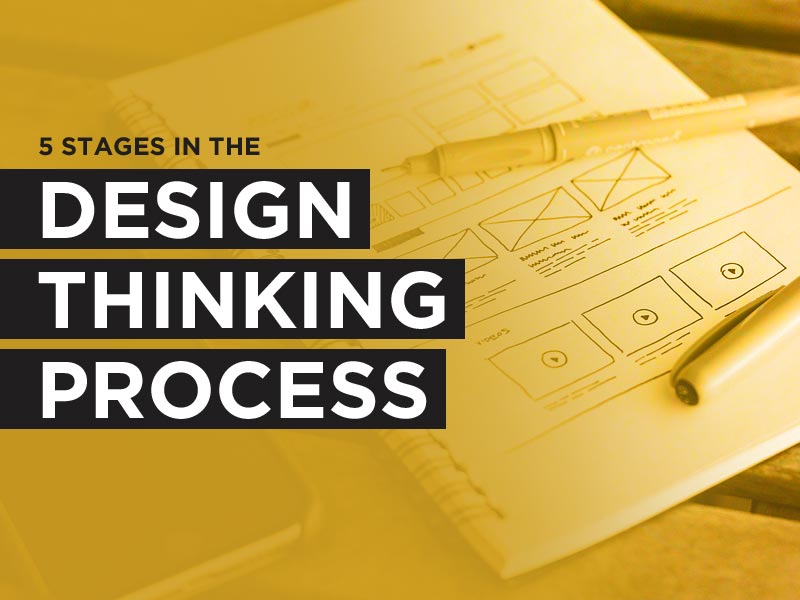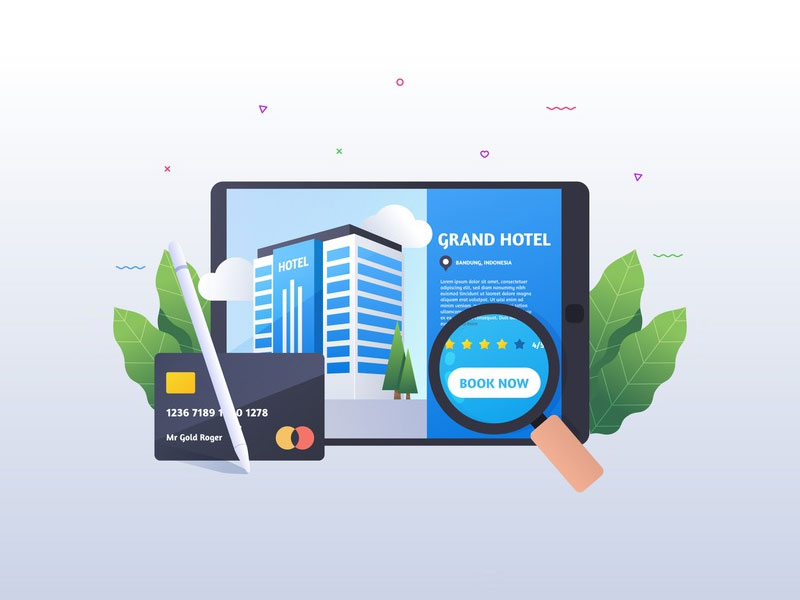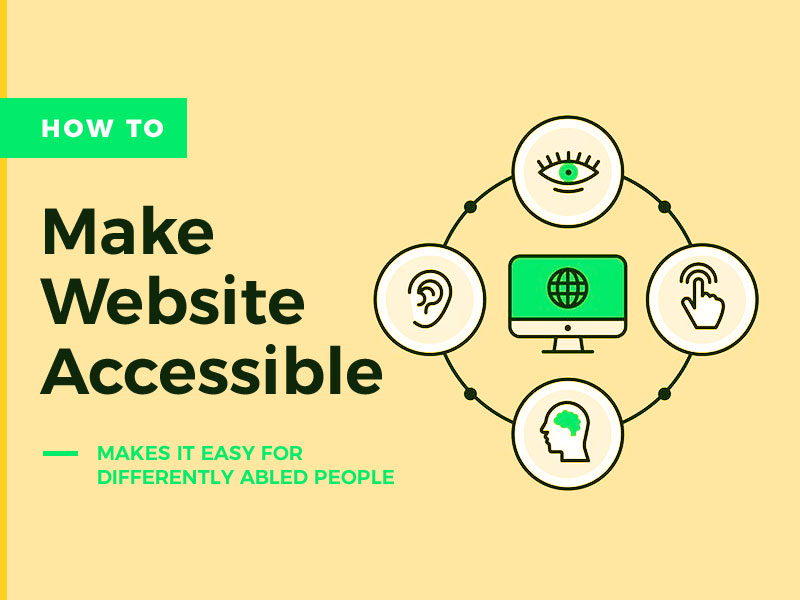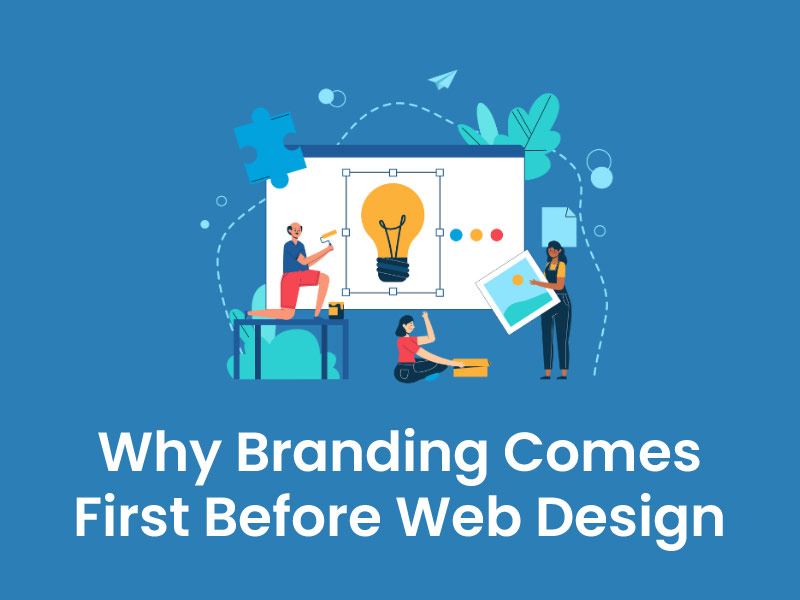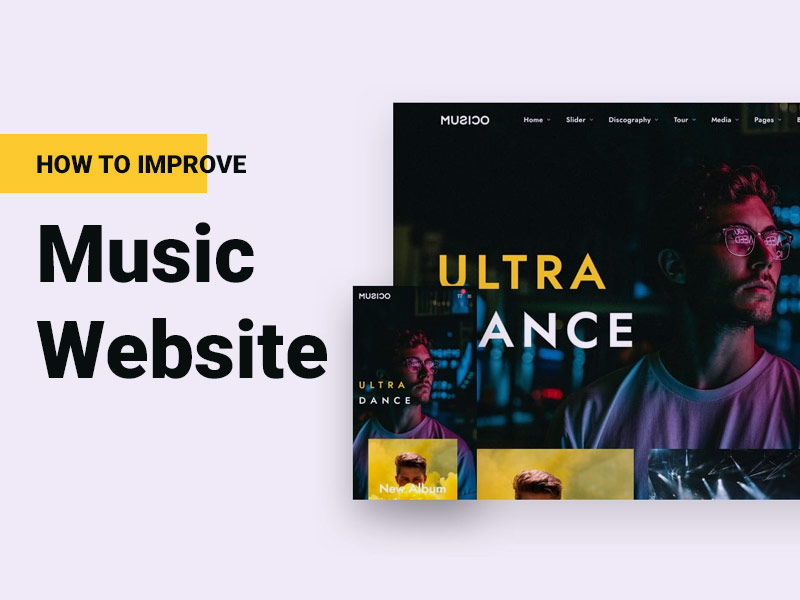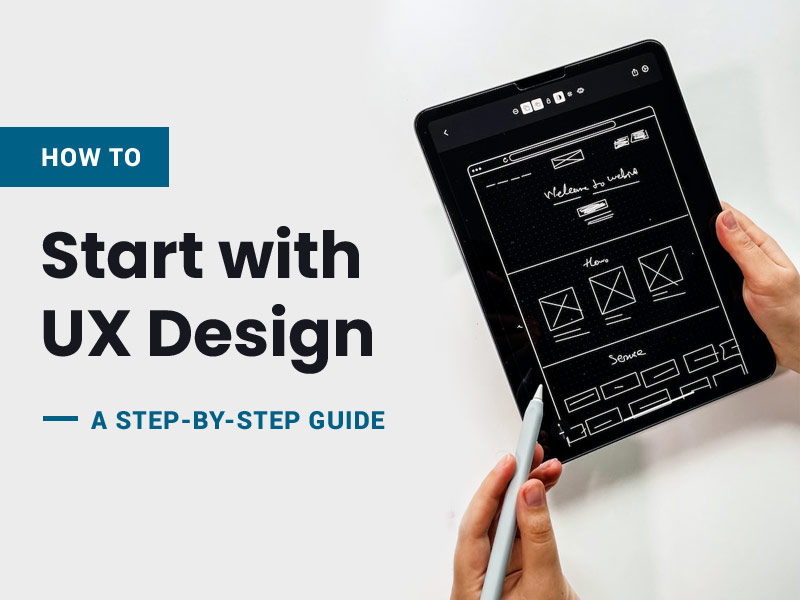Whether you’re building an iPhone or a WordPress website, it’s important to structure your design process.
Design thinking is simply a kind of design methodology that takes a human-centric approach to solving design problems. That said, it is one of the most popular ones out there. It was first defined by Herbert Simon, a Nobel laureate, in his 1969 book titled The Sciences of the Artificial. The book actually outlined 7 stages, though the most popular variant, proposed by the Hasso-Plattner Institute of Design at Stanford (d.school), trimmed them down to 5. If you would like to read more about the variants, you can find more information at Write My Essay UK. You will also find helpful essays on a variety of design-related topics.
Here are the 5 Stages in The Design Thinking Process
According to the d.school design thinking model, there are 5 stages of design thinking process: empathy, problem definition, ideation, prototyping, and testing.
This kind of framework is meant to help designers create products that are user-friendly and solve problems for consumers in a human-centered way. It also helps to inspire creativity in a structured way.
For those serious about mastering the design thinking approach and who want to hone their skills, consider taking a design thinking class. Simon Banks has an innovative approach to solving complex problems to help speed up the way you develop solutions.
One thing to remember is that this is not a linear process. You don’t start at point A then go through B, C, and D in order to get to E. Often you’ll bounce back and forth between the stages as necessary. A stage might give you new ideas that take you back to the previous or first stage, or you might be able to define the problem without going through the empathy stage. The stages are more guidelines than rules – more mindsets than waypoints on a path to production. As a creative, you should always be on the lookout for a new angle to try out.
With that out of the way, let us look at each of the individual stages.
Empathy
The empathy stage is a deeply experiential one. The design thinking team will seek out experts and normal people in their problem space and absorb their worldview, opinions, and musings, all without bias.
Empathy is an important skill to master, as without it one will have a difficult time solving human problems. When you’re designing a service, online and offline products, empathy is necessary for building a product or service that actually solves the problems of the target audience. At this stage, it is important to consult experts, have in-depth conversations with them and normal people, and even immerse yourself in the relevant environments to get a first-person perspective of it all.
As the first stage, the empathy stage plays a crucial role in uncovering the experiences and motivations of your target audience, and allows you to take the first steps towards understanding just what the problem is.
This is particularly important when developing and designing products for the health and wellness industry such as supplements for example. At this moment in the design journey, it is crucial that you take the needs and wants of your consumers into consideration. For instance, would they prefer to take a supplement in a topical form? Or would soft gel capsules be a better option? If so, reaching out to a softgel contract manufacturer like SS Nutra could help you to develop a profitable product manufacturing solution that works for your company as well as your clients and customers.
Problem definition
If you conducted the empathy stage well, this stage should be a breeze. If not, you will either have a difficult time articulating the problems your target audience faces, or end up defining the wrong problems altogether. This is the stage where you use the understanding you have gained during the empathy stage to outline the main issue facing your audience and then summarize it in a concise problem statement.
The problem definition stage ultimately produces a succinct yet accurate statement of the problem that ensures the solution will be human-centric. For example, instead of saying you need to increase acne cream sales to teenagers by some percentage, you can say that teenagers who have esteem issues due to their acne problem could really use a cream that makes them go away, boosting their confidence in the process.
With a well-defined problem, a solution is sure to present itself. With a human-centric definition of the problem, you constrain yourself to thinking only of human-centric solutions.
Ideation
The ideation stage is perhaps the most creative of all of them, and relies heavily on your ability to innovate. It certainly helps if you’ve fully understood the heart of the problem, as it’s easier to think of appropriate solutions that way. This is a great stage to brainstorm and think out of the box. No idea is too crazy, as it’s not a time to worry about such boring things as scalability and budget.
That said, no matter how crazy your suggested solutions, they should be firmly based on a deep understanding of your target audience. A popular strategy to use here is the ‘worst possible idea’, where the design team starts to look for solutions that definitely wouldn’t work, rather than ones that will. It is age-old wisdom that often more can be achieved by taking things away than adding them. For example, you’re far more likely to look smart if you focus on not looking stupid, rather than looking smart. Similarly, in the world of science, the best hypotheses are so-called falsifiable ones, and much of the scientific method is about trying to prove a hypothesis wrong rather than right. It is only the ones that survive this process that end up as theories and, ultimately, laws.
The ‘worst possible idea’ strategy also helps the design team to build confidence and trust, as they build good thought processes while looking for weak points in their ideas. At the end, they should have a shortlist of ideas that survived being thrown out, which will provide them with a variety of opportunities to explore further. They might even have to go back and redefine the problem, or talk to experts some more.
Prototyping
The prototyping stage is all about implementation. Designers need to actualize one or more of their ideas. These prototypes can be anything from simple sketches to life-size, fully functional units. What differentiates them from the final product is that they are made on a small scale and are flexible enough to change. They might even only have assorted features related to the target problem, rather than the full feature-set.
The prototyping stage should help designers understand the challenges or consequences of their ideas, as they try to make them come to life. Prototyping may also reveal hitherto unknown user problems, giving designers the opportunity to explore the problem space even further.
Also read: Top 15 Collaboration & Prototyping Tools for UX/UI Designers
Testing
Testing is where the prototype is given to real users to see how they interact with it. While it is the last stage of design thinking, it is not necessarily the last stage of the design process. Design is all about iteration. Testing may uncover new problems and opportunities, taking designers back to the drawing board, or prove a massive success, accelerating the taking to market of the product. More often than not, the designers will have to make edits, changes, and enhancements to the product, thanks to what they learn during the testing phase.
Conclusion
As you can see, the design thinking framework encourages designers to adopt a human-centric way of thinking about problems, and while non-linear, gives them helpful guidelines for the design process. Adopting this framework can help you not only design faster, but also design better products.
